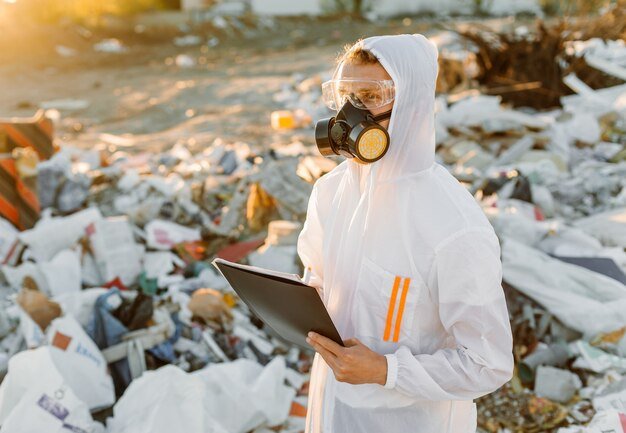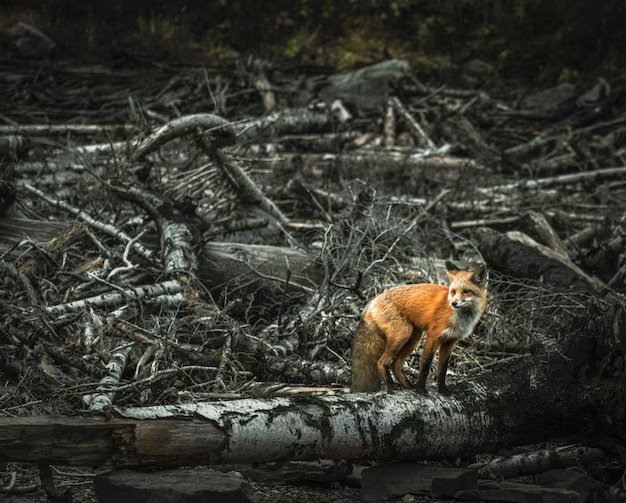Bioaccumulation vs. Biomagnification: Understanding Their Impact on Our Environment
Picture this: you’re sitting down to enjoy a fresh-caught fish, believing it’s one of the healthiest choices you can make. But what if I told you that the very fish on your plate might be filled with harmful toxins? This isn’t some distant, unlikely problem—it’s a real and growing issue caused by two environmental processes: bioaccumulation and biomagnification.
These aren’t just complicated scientific terms. They explain how pollution, pesticides, and heavy metals like mercury slowly build up in animals, including the fish we eat. Over time, as these toxins move up the food chain, they become even more concentrated. That means top predators—like tuna, sharks, and even humans—end up with the highest toxin levels.
The consequences? Serious health risks for both wildlife and people, ecosystem imbalances, and even food shortages. But understanding these processes gives us the power to make better choices. In this guide, we’ll break down how bioaccumulation and biomagnification work, their real-world impacts, and what we can do to reduce our exposure.
Because when it comes to what’s on your plate, knowledge isn’t just power—it’s protection.
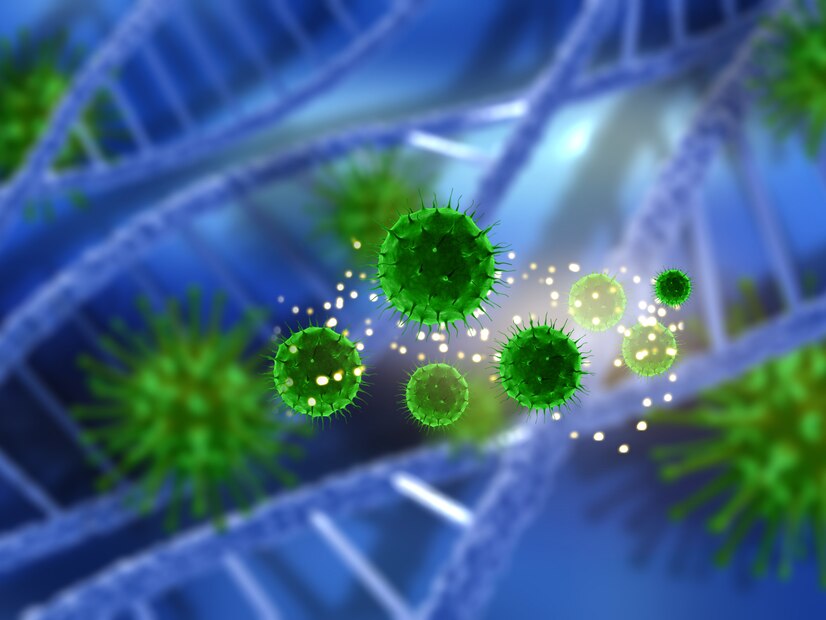
In This Article
- What is Bioaccumulation?
- What is Biomagnification?
- Bioaccumulation vs. Biomagnification: Key Differences
- The Human Impact: Why Should We Care?
- How Can We Reduce Bioaccumulation and Biomagnification?
- Conclusion
What is Bioaccumulation?
Understanding the Silent Buildup of Toxins in Nature
Have you ever heard the saying, “You are what you eat”? Well, in the case of bioaccumulation, it’s more like “You are what you absorb—and can’t get rid of.” Bioaccumulation is a process where toxic substances, such as heavy metals and chemicals, gradually build up inside an organism over time. This happens because the organism absorbs these toxins faster than it can break them down or get rid of them.
To put it simply, imagine a sponge soaking up water. If the sponge never gets wrung out, the water keeps accumulating. Now, replace the water with toxic substances, and you’ve got a basic idea of how bioaccumulation works in living organisms.
Definition and Process
Bioaccumulation happens in plants, animals, and even humans. It starts when an organism—like a fish in a polluted river—absorbs toxins from its environment. These toxins can enter through food, water, or even direct contact. The problem is that many of these substances, especially heavy metals like mercury or industrial chemicals like PCBs, don’t break down easily inside the body. Instead, they get stored in tissues, mainly fat and organs, slowly accumulating over time.
Let’s take the example of a small fish swimming in a lake contaminated with mercury. The fish absorbs tiny amounts of mercury from the water and the food it eats. Since its body can’t process and remove the mercury fast enough, it stays inside. Day after day, meal after meal, the mercury level inside the fish increases. Eventually, the fish becomes a little toxic sponge.
Now, imagine that a bigger fish comes along and eats several of these smaller, mercury-laden fish. That bigger fish now absorbs all the mercury they contains, increasing its own toxic load. This is how the problem spreads through the food chain, which leads to an even bigger issue—biomagnification—but we’ll get to that later.
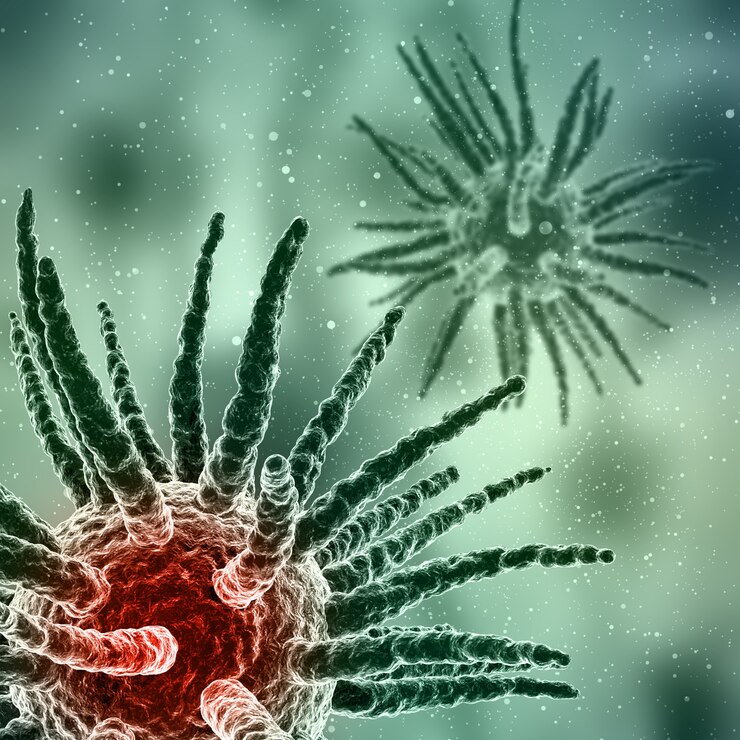
Common Pollutants That Bioaccumulate
Certain substances are notorious for bioaccumulating in living organisms. Many of them are byproducts of human activities—industrial waste, pesticides, and even household products. Here are some of the most common offenders:
| Toxin | Source | Effects |
|---|---|---|
| Mercury | Industrial runoff, coal burning | Nervous system damage, cognitive impairment |
| PCBs | Industrial chemicals, electrical equipment | Cancer, immune system suppression |
| DDT | Pesticides, agriculture | Reproductive issues, bird population decline |
| Lead | Paint, batteries, contaminated soil | Brain damage, developmental issues |
These toxins don’t just stay in the water or soil—they get absorbed by plants, animals, and eventually, us.
Real-World Example: The Minamata Disease Disaster
One of the most tragic examples of bioaccumulation occurred in Minamata, Japan, in the 1950s. The people in this fishing village started developing mysterious illnesses. At first, doctors were puzzled—people were losing control of their muscles, struggling to see, and even suffering from birth defects. Some people died without doctors knowing why.
It turned out that a nearby chemical factory had been dumping methylmercury into Minamata Bay for years. Fish and shellfish absorbed the mercury, and when the local population ate their daily seafood meals, they unknowingly poisoned themselves. The mercury had built up in their bodies over time, leading to what is now known as Minamata Disease—one of the most well-documented cases of bioaccumulation in history.
Even today, Minamata stands as a reminder of what happens when toxic substances are carelessly released into the environment.
Expert Insight
“Bioaccumulation poses a significant risk because even low environmental concentrations of toxins can become dangerous over time.”
— Dr. Lisa Peterson, Environmental Toxicologist
This means that even if a lake or river only has a small amount of pollution, the effects can be devastating over time as toxins build up in the organisms living there.
Learn More: Conservation Vs. Sustainability: What Is the Difference?
What is Biomagnification?
While bioaccumulation happens within a single organism, biomagnification is a much bigger problem—it spreads toxins across entire food chains. This means that as you go higher up the food chain, the concentration of harmful substances increases, making top predators (including humans) the most vulnerable.
Let’s break it down in simple terms. Imagine a tiny fish swimming in a polluted river. That fish absorbs small amounts of mercury from the water. Now, a bigger fish eats that little fish, along with many other small fish that also contain mercury. With every meal, the bigger fish gets an even higher dose of mercury. When an even larger predator, like a tuna, eats those fish, the concentration increases even more. By the time humans eat that tuna, the mercury levels are dangerously high.
This is biomagnification—the process of toxins becoming more concentrated as they move up the food chain.
How Biomagnification Works: The Trophic Levels
Nature is built like a pyramid, with different organisms playing specific roles. These roles, called trophic levels, help us understand how biomagnification happens.
- Producers (Plants & Algae) – These are the base of the food chain. They absorb nutrients—and sometimes pollutants—directly from the soil or water.
- Primary Consumers (Herbivores) – These are plant-eaters like small fish, insects, and grazing animals. If the plants they eat contain toxins, the herbivores start accumulating them.
- Secondary Consumers (Small Carnivores) – These animals eat herbivores, meaning they consume everything that is in the herbivores’ bodies, including the toxins.
- Tertiary Consumers (Top Predators) – These are the animals at the top of the food chain, like sharks, eagles, and humans. Since they eat many smaller animals over their lifetime, they accumulate the highest levels of toxins.
This means that by the time contaminants reach the top predators, the concentration of harmful substances is far greater than it was at the bottom of the food chain.
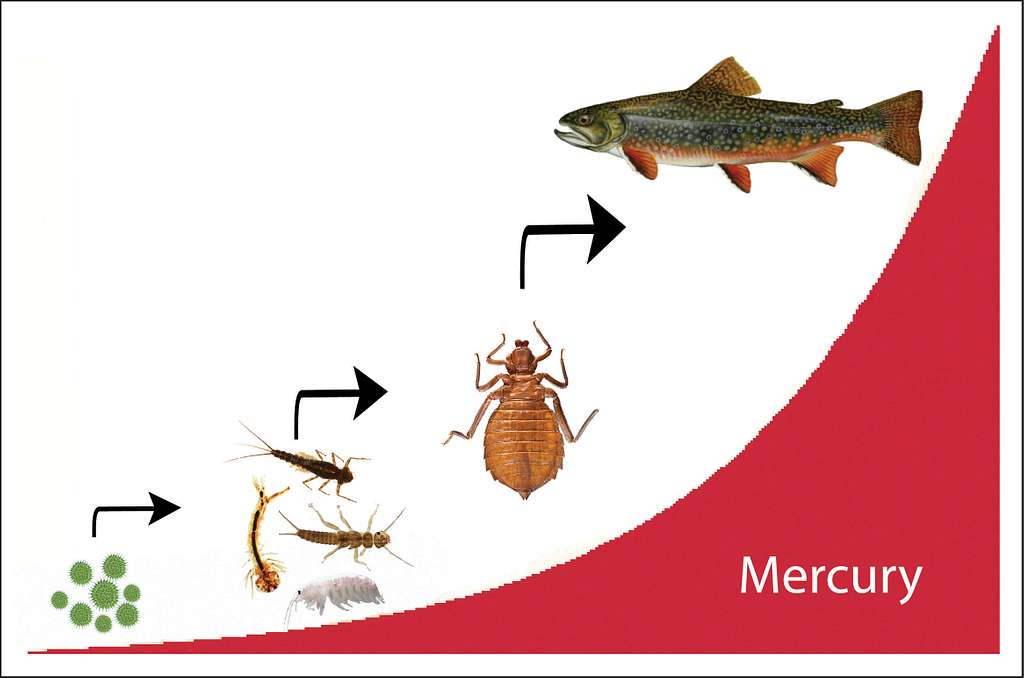
Real-Life Example: DDT and the Bald Eagles
One of the most well-documented cases of biomagnification involved the pesticide DDT and the near-extinction of bald eagles.
In the mid-1900s, farmers across the U.S. used DDT to kill insects. But when it rained, the pesticide washed into rivers and lakes, where tiny algae absorbed it. Small fish ate the algae, larger fish ate them, and birds like bald eagles ate the fish.
The problem? DDT didn’t just disappear from the eagles’ bodies. Instead, it built up and weakened their eggshells, making them so fragile that the eggs would crack before the baby eagles could hatch. This caused a dramatic decline in the bald eagle population—a national symbol was disappearing because of an invisible toxin.
Thankfully, scientists and environmentalists sounded the alarm, and DDT was banned in the U.S. in 1972. Slowly, bald eagle populations recovered, proving that when we act against biomagnification, we can reverse the damage.
Expert Insight:
Rachel Carson, in her seminal work Silent Spring, highlighted the dangers of indiscriminate chemical use, which can lead to biomagnification. She emphasized that this process is particularly concerning because it affects top predators—including humans—who consume contaminated food. As she stated, “We have allowed these chemicals to be used with little or no advance investigation of their effect on soil, water, wildlife, and man himself.”
Bioaccumulation vs. Biomagnification: Key Differences
| Feature | Bioaccumulation | Biomagnification |
|---|---|---|
| Where it occurs | Within a single organism | Across the food chain |
| Process | The toxin accumulates over time | Toxin concentration increases at higher trophic levels |
| Affected organisms | Any living organism | Predators at the top of the food chain |
| Example toxin | Mercury in a fish | Mercury in a shark, increasing up the chain |
The Human Impact: Why Should We Care?
Health Risks from Seafood Consumption
Most of us have been told that eating fish is healthy—it’s packed with protein, omega-3s, and essential nutrients. But what if that same fish carried a hidden danger? Large predator fish like tuna, swordfish, and sharks are at the top of the food chain, meaning they accumulate high levels of mercury over time through biomagnification. When we eat them, we’re also consuming those toxins.
Mercury exposure is especially dangerous for pregnant women and young children, as it can harm brain development, causing cognitive and motor skill impairments. Even in adults, high mercury levels have been linked to memory problems, muscle weakness, and cardiovascular issues. The scary part? Unlike some toxins that flush out quickly, mercury lingers in the body for months, slowly building up with repeated exposure.
Contaminated Drinking Water
Water is life, but what happens when it carries harmful pollutants? Many toxic substances, like lead and PFAS (forever chemicals), bioaccumulate in our lakes, rivers, and even groundwater. These chemicals don’t break down easily, meaning they stay in the environment for decades.
Lead poisoning, linked to contaminated water supplies, can cause severe developmental and neurological issues, especially in children. PFAS, found in industrial waste and household products, have been tied to cancer, hormone disruption, and immune system problems. Once these toxins enter our water sources, it’s nearly impossible to remove them completely.
Economic Consequences
When pollution disrupts marine life, fisheries collapse, affecting both food security and livelihoods. Many coastal communities rely on fishing as their primary income source, but when fish stocks dwindle due to contamination, jobs disappear. This not only impacts local economies but also drives up seafood prices worldwide.
If we don’t take action, the effects of bioaccumulation and biomagnification will continue to ripple through our food systems, water sources, and economies, harming both the planet and future generations.
Learn More: Cruelty-Free vs. No Animal Testing: A Comprehensive Expert Guide
How Can We Reduce Bioaccumulation and Biomagnification?
1. Reduce Pollution at the Source
The best way to stop these toxins from harming wildlife—and eventually us—is to prevent them from entering the environment in the first place. Governments and industries need to enforce stricter regulations on waste disposal, chemical use, and industrial pollution. As individuals, we can support businesses that follow sustainable practices and push for cleaner energy sources like solar and wind power. Every action, from choosing non-toxic household cleaners to properly disposing of old electronics, helps keep harmful substances out of nature.
2. Make Safer Consumer Choices
What we buy and eat matters. Some fish—like swordfish and tuna—have high mercury levels due to biomagnification. Choosing smaller fish like salmon, sardines, or anchovies can lower our exposure. Organic produce also helps because it’s grown without synthetic pesticides, reducing our intake of harmful chemicals. Simple swaps can protect our health while also lowering demand for pollutant-heavy industries.
3. Advocate for Change
We have power beyond our personal choices. Supporting policies that ban hazardous chemicals, attending environmental protests, or voting for leaders who prioritise sustainability can drive bigger change. Even participating in local clean-up events to remove plastic and toxins from rivers and lakes makes an impact.
4. Educate and Spread Awareness
Many people don’t realise how serious bioaccumulation and biomagnification are. By sharing this knowledge with friends, family, and online communities, we can push for greater awareness and action. The more people demand change, the harder it becomes for industries to ignore.
Conclusion
Bioaccumulation and biomagnification are silent but deadly processes that threaten ecosystems, wildlife, and human health. While their effects can be devastating, understanding the science behind them empowers us to make informed choices.
By reducing pollution, making safer food choices, and advocating for environmental policies, we can help mitigate these effects and create a healthier planet for future generations.
Next time you order seafood or consider pesticide use, remember that small choices ripple through the ecosystem, just like toxins. What will your impact be?

